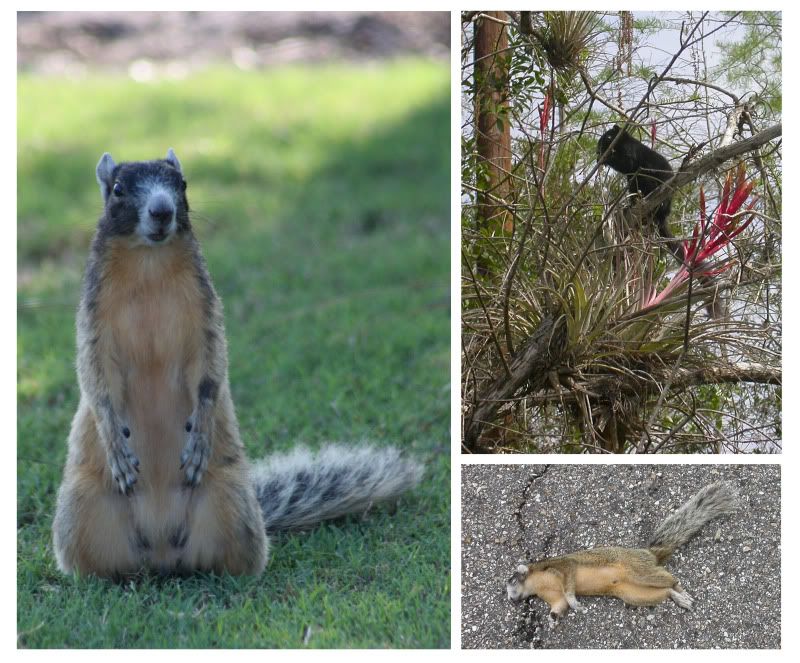When I bought my house a few years ago, a realtor advised me
that the location I was interested in was undesirable because it was
overwhelmed with “vegetative fuel”. That’s a fancy euphemism for “trees” in the
business. I found another realtor and bought a house surrounded by beautiful
Slash Pines, Live Oaks and Saw Palmettos.
Over the last few weeks my town has been plagued by
wildfires. With an exceptionally long dry season and little rain in the
forecast, the vegetative fuel forest that has enveloped the neighborhood now seems
foreboding. Despite the lack of any pattern, arson was suspected for each fire,
making the situation all the more concerning.
 |
| © Pete Corradino |
On April 17th, a 5-acre brush fire broke out up
the street, consuming one house and charring neighboring property. One burnt
squirrel was discovered at the base of the power pole leading to the home and
some began to blame the squirrel population for the outbreak of wildfires in
the area.
Eastern Gray Squirrels (Sciurus carolinensis)
are well known for their high wire acts. As nimble as they may be while
crossing a line, if they touch a second line they can create a surge,
electrocuting the animal and in this case, sending a flaming squirrel to the
ground and starting a fire.
This isn’t the first time it has happened and it won’t be
the last. Dry conditions continue in South Florida
and hungry squirrels are on the move. I’m hoping for rain because we need it but
I’m also concerned for the squirrels climbing around in the vegetative fuel in
my back yard.









